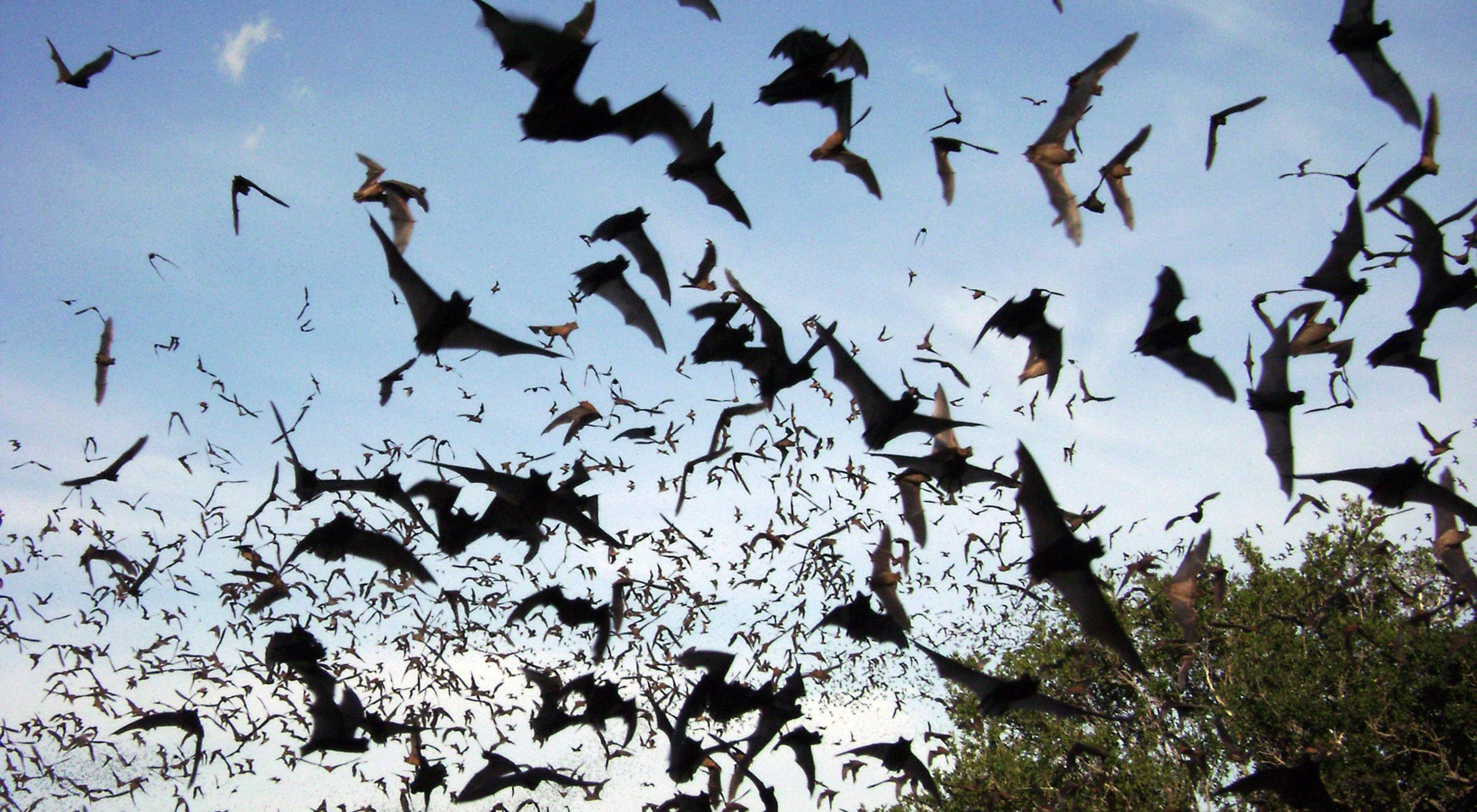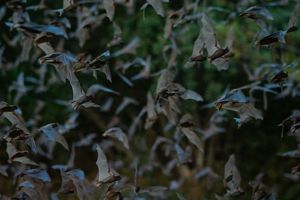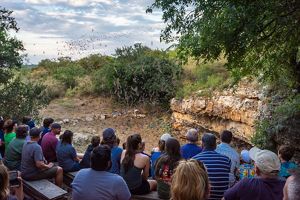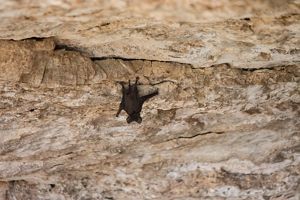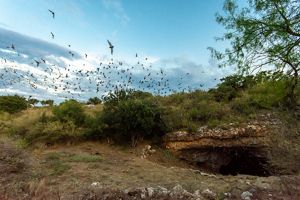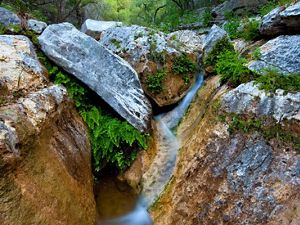Description
Just an hour’s drive northwest of Fredericksburg, in the heart of Texas, is an unassuming limestone cave that shelters one of the largest bat nurseries in the nation. About four million female bats inhabit the Eckert James River Bat Cave Preserve starting in May and running through September. In the Bat Cave, located southwest of Mason, many of these females give birth to a single pup in June or July that will then join them in flight at about five weeks of age. These pups will remain with their mothers until returning to Mexico in October.
The Bat Cave’s history is one uniquely tied to the Eckert family, beginning with W. Phillip Eckert, who purchased the ranch on which the cave was located in 1907. Throughout the early 1900s, he mined the bat guano in the cave and sold it to local farmers for crop fertilizer. W. Phillip’s son, Lee Eckert, continued his father's legacy of bat conservation and guano mining and left the site to his wife and children when he passed away in 1967.
In 1990, Richard Phillip Eckert and Virginia Eckert Garrett donated the cave to The Nature Conservancy (TNC) in honor of their father and grandfather, ensuring that the bats would be permanently protected. However, the donation came with one condition: the land around the cave must remain open to the public for enjoyment and education, as it had been for more than 100 years—and TNC is happy to continue to uphold this tradition.
